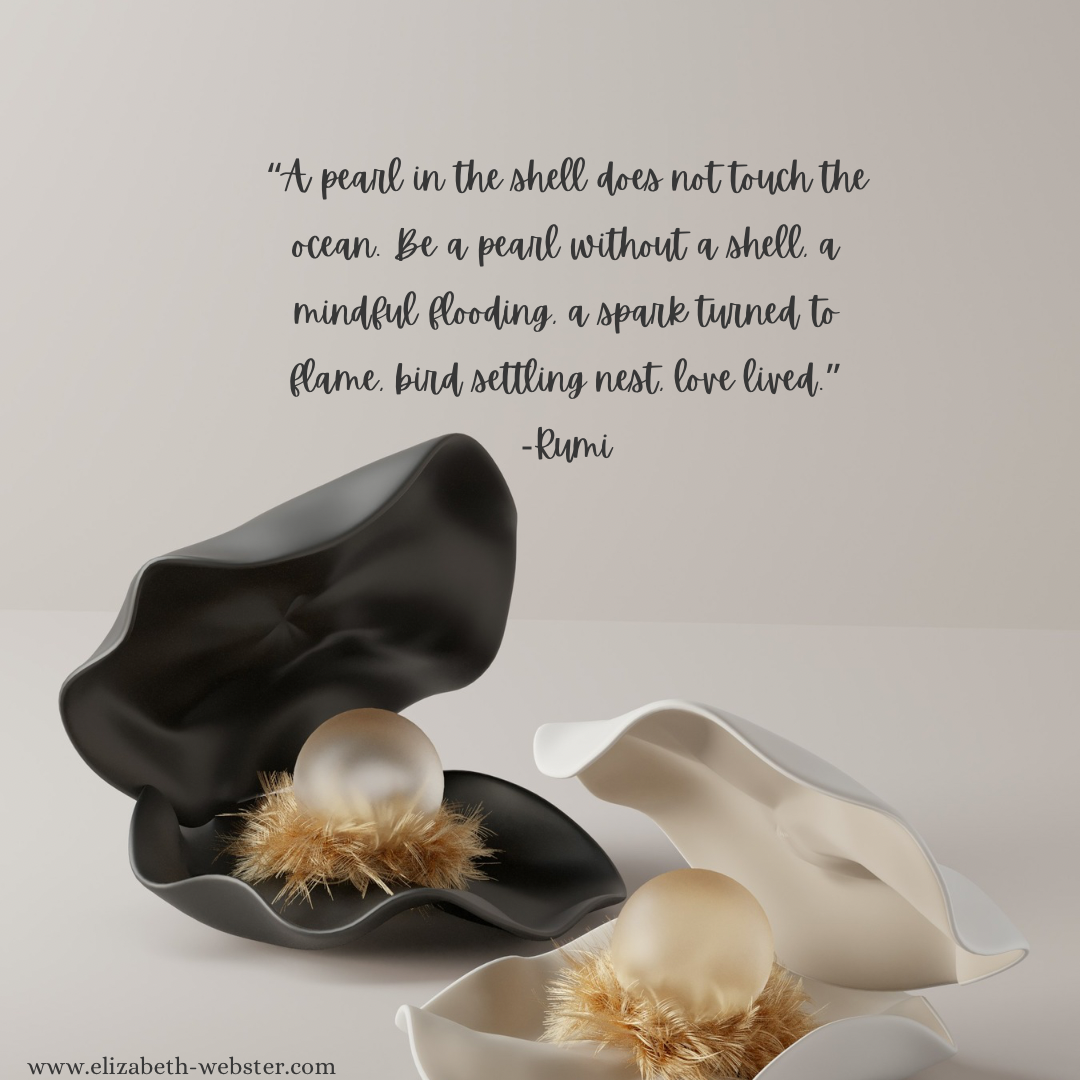Pearls of Wisdom
Image by Kamran Abdullayev via Unsplash
Even though I’ve been married for a while, I thought I had solid understanding as to what people mean when they talk about dating “red flags.” Some of the modern terms for problematic behavior are particularly descriptive and apt. Ghosting. Love bombing. DARVO. But the trending red flag of the summer caught me completely by surprise: pearl earrings.
Someone in the digital realm floated the theory that women who wear pearls are intimidating, high-maintenance, and cold - and many others agree. Personally, I find it ridiculous. A date who finds jewelry determinative in any way is his own special sort of red flag. The writer in me, however, kind of loves that people are taking note of these details. These are the sort of delicate attributes that breathe life into flat characters, potentially giving them history (a grandmother’s pearls), personality (tidiness), and style (classical).
Tiny details also often reflect a bigger cultural understanding. While I disagree with scapegoating them, pearls do convey a certain standing in society (even if the wearer never intended it). They aren’t only an aesthetic choice; they’re loaded with history and cultural significance. Because before they were deemed “high-maintenance,” they were regal.
Referred to as the Queen of Gems, pearls were rare and coveted throughout history. In 23rd-century B.C., the Shu King in China refused a string of pearls that were imperfect. Cleopatra allegedly crushed a pearl, dissolved it into a goblet of wine, and drank it while dining with Marc Antony. Ironically, though pearls are more associated with women today, ancient kings often wore pearl robes to denote their power.
And where there is great wealth and deep meaning, there is art to memorialize it. Pearls were considered symbols of purity, luxury, and grace. In “Venus of Urbino” by Titian, a nude girl wears a pearl earring, symbolizing purity, as she waits to be dressed for her wedding. William-Adolphe Bouguereau shows the same symbolism more starkly in “The Pearl,” in which a naked girl kneels by a single, oversized pearl. Johannes Vermeer’s, “Girl with a Pearl Earring,” is iconic not only for the shock of a plainly dressed girl wearing a large, aristocratic earring but also for the earring’s luminous, moonlit quality. In all of these paintings, the girl’s enigmatic facial expressions mimic the pearl, often also recognized as a lunar symbol, for its distinctly hidden, feminine aspect. These girls are not cold - but they are hard to read.
Poets, too, have been inspired by pearls for their quiet beauty and their rich symbolism. In the late 14th century, an anonymous Middle English poet crafted the epic poem, “Pearl.” The poem fixates on a father’s grief following the loss of his young daughter, represented as a pearl in heaven. In this elegy, the image of a pearl resonates as a symbol of purity and Christian allegory.
But pearls are not only pure. In modern poetry, they’ve been associated with sensuality, too. Emily Dickinson famously wrote: “Her breast is fit for pearls,/But I was not a “Diver” -/Her brow is fit for thrones/But I have not a crest.” Similarly, in “Warming Her Pearls,” Carol Ann Duffy wrote: “Next to my own skin, her pearls. My mistress/bids me wear them, warm them, until evening/when I’ll brush her hair.” As women claimed more rights in society, writers imbued their gems with new symbolism: freedom.
I’ve always loved pearls because they represent resilience to me. Every pearl is alchemized from healing. After a foreign irritant penetrates the mollusk, it secretes nacre, an opalescent mother of pearl coating, and forms the pearl from this debris. Without the gritty wound, the pearl would not exist. Pearls are nature’s proof that deep beauty can arise after a break.
This deep dive into pearls is, hopefully, an important reminder that symbolism can change over time. The meaning we attach to pearl earrings reflects how civilization has evolved: from a place where painters attached their own meaning to the girls they depicted to this modern moment where women choose for themselves what they’ll wear - and what their jewelry signifies to them. Perhaps we’ve come too far to leave our pearl earrings behind.
